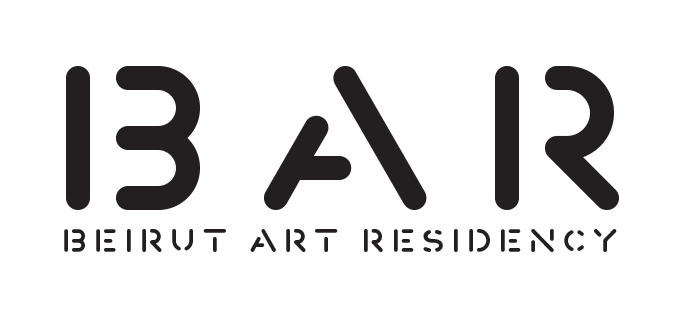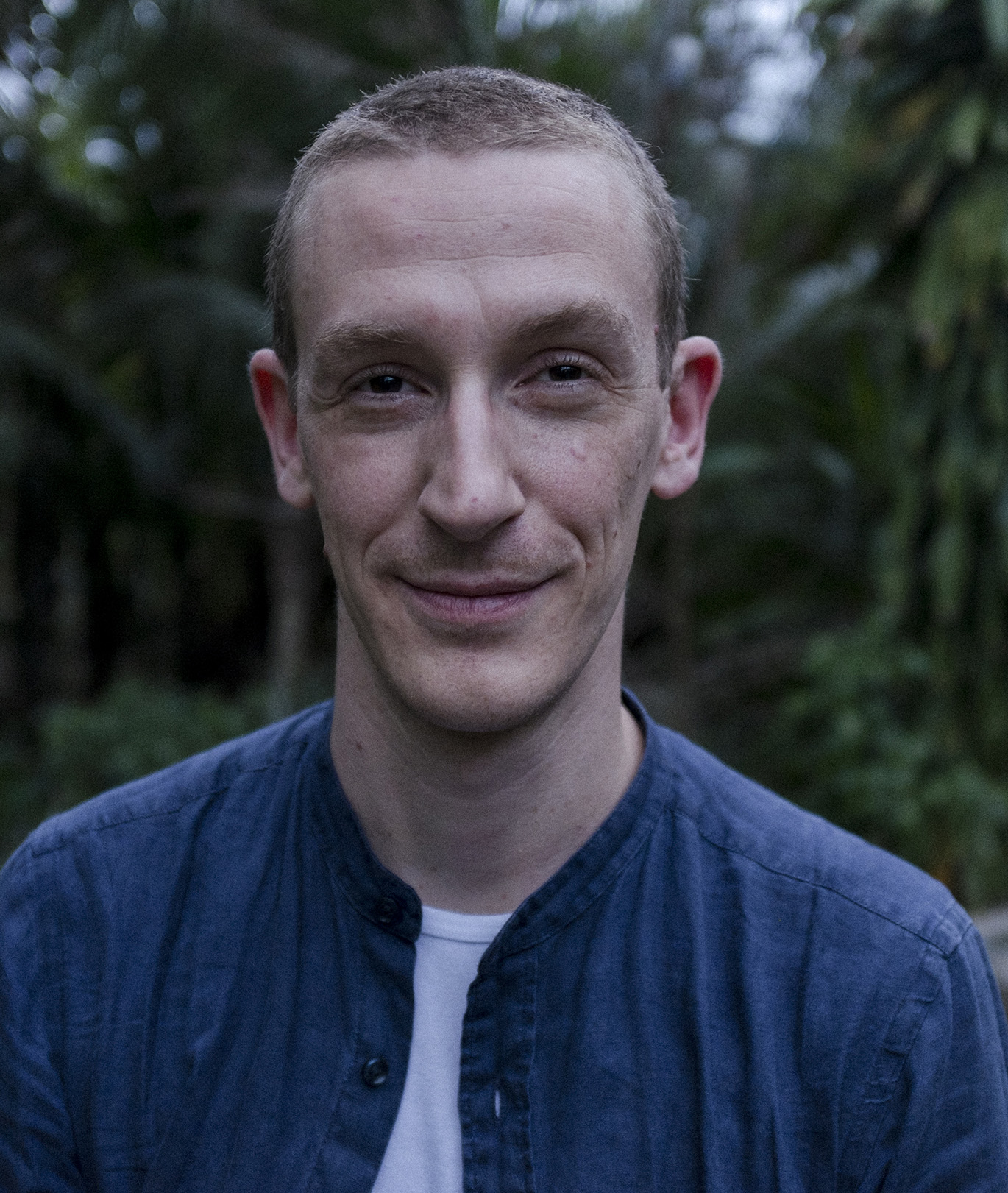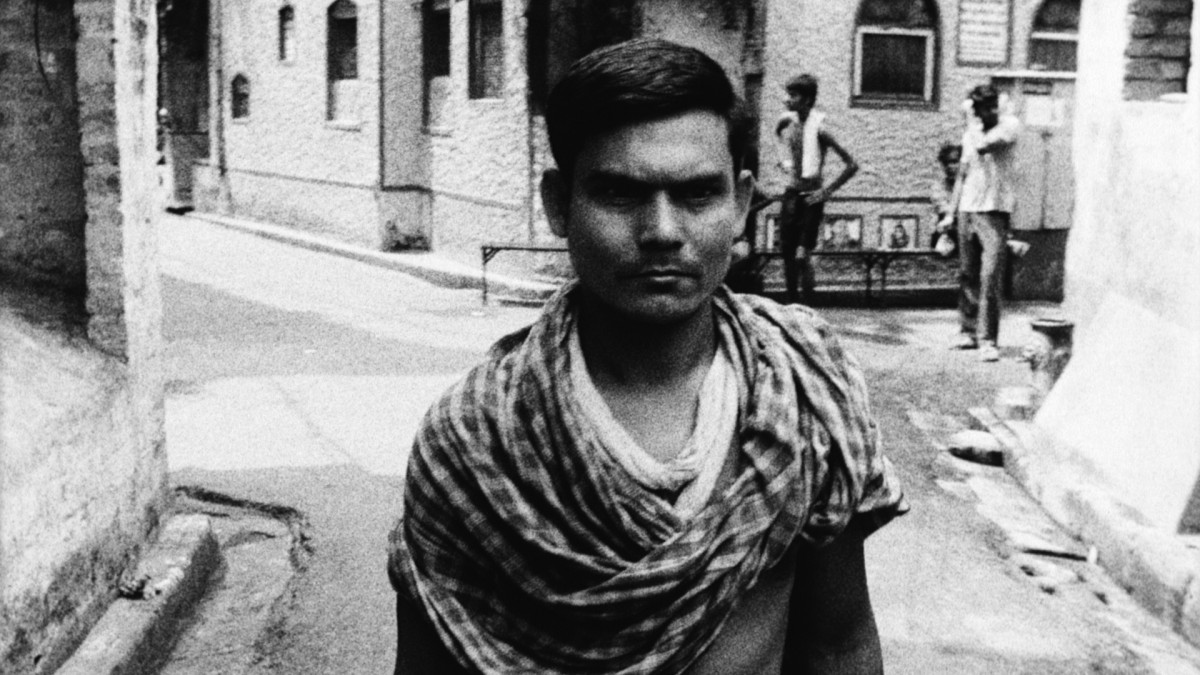PHILIP WIDMANN
Dates of residency: September till October 2017
Born: 1980
Nationality: German
Lives and works: Berlin, Germany
Education:
2019 Research fellow The Photographic Dispositif, Braunschweig University of Art
2008 MA Cultural Anthropology, Hamburg University
Selected screenings:
2017 European Media Art Festival, Osnabrück
2017 Dawawine, Beirut
2017 Yamagata International Documentary Film Festival, Yamagata
2017 International Film Festival Rotterdam, Rotterdam
Still from 'Fictitious Force', 2016
THE FILMMAKER
Philip Widmann makes films, texts and film programmes. His film and video works have been shown in film festivals and art spaces internationally, among them the Berlin International Film Festival, International Film Festival Rotterdam, New York Film Festival, Yamagata International Documentary Film Festival, FID Marseille, CPH:DOX, Visions du Réel, the Wexner Center for the Arts, WRO Biennale, Kunst-Werke Berlin. His writing appears irregularly in film journals, catalogues, artists’ and (para-)academic publications, and on the screens of his friends. Widmann was a member of the selection committee of the Kassel Documentary and Video Festival, and selected film programmes for Image Forum Tokyo, Arkipel Jakarta International Documentary and Experimental Film Festival, the Hamburg International Short Film Festival, several exhibitions and symposia.
THE RESIDENCY
In Roads to the Ruins, Widmann searches for traces of the first Lebanese sound film. With the film’s disappearance, the biographies of those who had contributed to it have faded as well: a multicultural team that had gathered around a producer who is said to have been of German descent. How did this “German woman” become a pioneer of Lebanese cinema? And how can a film simply vanish? What are the conditions that have contributed to it? Roads to the Ruins describes meandering ways into decay and oblivion, into disappearance and destruction, all along which sounds and images of the present reveal traces of a past that continues to shape the here-and-now.


